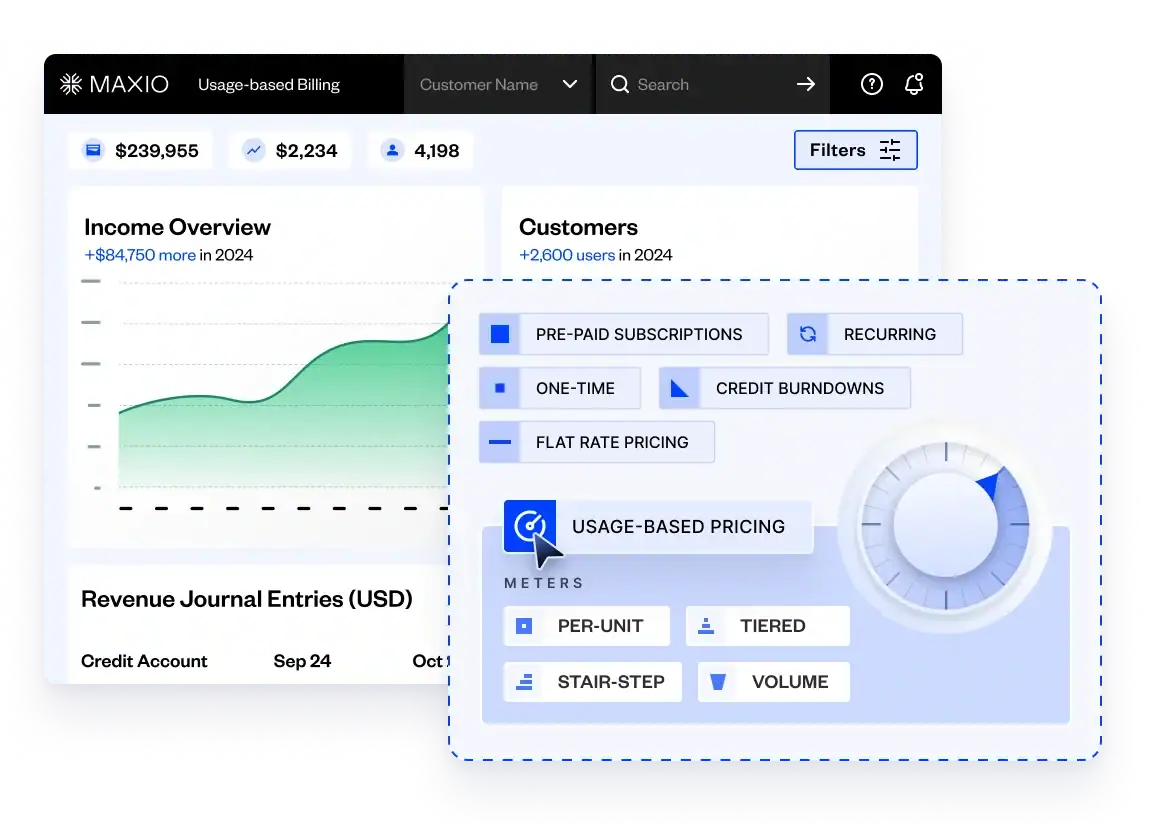I just got back from SaaStr—an amazing and energizing chance to rub shoulders with some of the biggest names and most exciting emerging leaders in our industry. While I was there, I found myself thinking through a couple of big mistakes that I see some of today’s SaaS brands making as they chart a path to growth.
Every successful SaaS business requires a clear monetization strategy to turn product into profit. But talking to other leaders at SaaStr, I was reminded that monetization can be complicated—especially when it comes to your go-to-market (GTM) strategy, which essentially defines the way your company engages customers and induces them to buy your offering.
The first key decision, of course, is whether your GTM strategy will be sales-led, with a focus on securing enterprise contracts through relationships with key senior decision-makers, or product-led, with a focus on establishing beachheads and then turning end-users into product evangelists.
Both approaches require a solid pricing strategy that connects the dots between the amount you charge and what your customers value. You also need to map out your pricing model, and decide whether you’ll offer subscription or usage-based options. Finally, you need effective billing methods and payment cycles, and the ability to accept remittances through market-appropriate methods such as credit card and ACH.
But a good GTM strategy is more than the sum of its parts—and if you get it wrong, your entire business model could crumble. Here are 2 critical mistakes to watch for when mapping out a new GTM strategy:
1. Underestimating the impacts
It’s obvious that changing your GTM model will impact your organizational structure. For a sales-led model, you’ll need more sales and customer success agents, and a clear sense of how you’re engaging your customers. A product-led approach, on the other hand, requires a larger marketing team that’s focused on leveraging the product itself to generate demand.
But changing your GTM strategy doesn’t just require changes to sales, customer success, or marketing functions: it requires a fundamental shift in the way you do business.
Consider a product-led company that’s now pivoting into a sales-led model. The company will find itself addressing larger and more sophisticated buyers with different expectations and approval processes, and will need to build out new capabilities to provide enterprise-grade account services.
The company will also need to rethink who owns pricing and packaging. In a product-led business, those areas typically belong to finance and product folks. Introduce a sales-led motion, though, and more responsibility accrues to sales teams, since they need negotiating levers to pull on price, contract terms, etc. This, in turn, has a big impact on your finance and legal teams.
Finally, a company moving from product-led to sales-led will need a new approach to catalogs and pricing models. Sales-led operations often use complex bundles of products to create bespoke packages for customers, making it harder to report on a given product’s financial performance in isolation. It’s this complexity that can force companies to upgrade their existing analytics and FinOps tools in order to track performance effectively as they shift to new GTM strategies.
The reality is that a new GTM model isn’t simply a component to be swapped in on demand. It impacts your entire monetization strategy, and if you’re making changes you need to go in with your eyes open.
2. Reporting the wrong metrics
It’s often said that 90% of startups ultimately fail. There are many reasons for that, but failing to track the right financial metrics for your specific GTM strategy can certainly be a company-killer.
There are two critical metrics many early-stage companies fail to leverage effectively:
- The SaaS CAC ratio—sometimes called cost of ARR—focuses on the cost to acquire annualized recurring revenue (ARR). It shows the efficiency of your sales and marketing, and answers the question “How much do I have to spend to acquire $1 of net new ARR?” As such, it helps you understand if your bookings growth is rooted in reasonable sales and marketing spending. Most companies simply add up sales and marketing costs and call it a day, but it’s important to go deeper and track fully-burdened expenses (wages, taxes, benefits, free trials, commissions, advertising, trade shows, swag, travel, etc.) for all net new ARR. This includes new bookings and expansion ARR from existing customers. A useful rule-of-thumb to remember is that top-quartile companies spend $1 to acquire $1 in Net New ARR.
- Segment Profitability Analysis simply means drawing a bright line between the segments you serve when thinking about how to sell to them profitably. This might sound obvious, but companies often blur the lines. For instance, when moving between product-led and sales-led strategies, it’s easy to overlook the degree to which you’re also moving between targeting SMB and mid-market customers. In a sales-led model, it’s common to evaluate performance by cohort, business segment, geography, and industry, enabling you to build the detailed analyses that investors love. For product-led models, things are more complex. You need to evaluate performance by product line or product bundle and generate clear insights about the way pricing impacts performance across specific segments in terms of lead flow, conversion metrics, and churn.
Together, SaaS CAC ratio and segment profitability analysis are rooted in unit-cost economics: how much does it cost to acquire and serve a specific customer and segment over time? This approach gives you insight into your margins, and helps you forecast growth and needed investments.
Put FinOps at the heart of your GTM strategy
Talking to SaaS leaders at the conference reinforced to me that mastering pricing models as part of a sound GTM strategy isn’t always easy. Today’s leaders need to pay attention and build out the systems they need to make sense of their GTM options—especially when trying to understand insights by segment, product, or region.
The bottom line is that your GTM is a critical component of your monetization strategy, and one with major downstream impacts for your growing business. Doing GTM well isn’t just a question of tweaking your org chart. It requires a commitment to building out the right FinOps capabilities, and using the right metrics in the right ways for your specific business needs.
At Maxio, we’re committed to giving companies the tools they need to master SaaS FinOps, and gain the actionable financial intelligence they need to drive enduring growth. Get in touch today to learn more.




